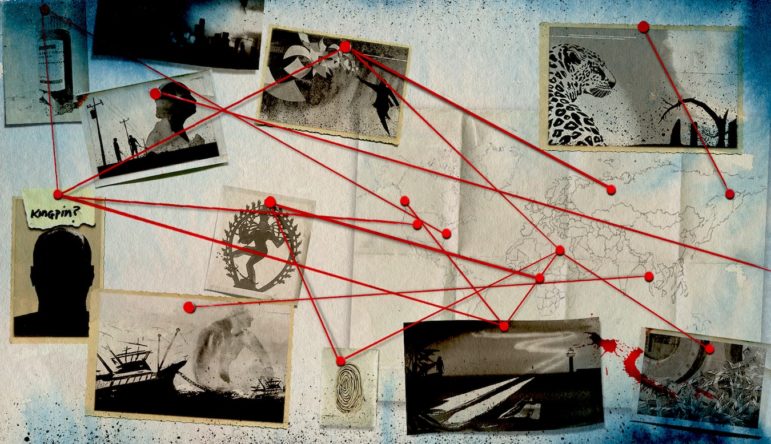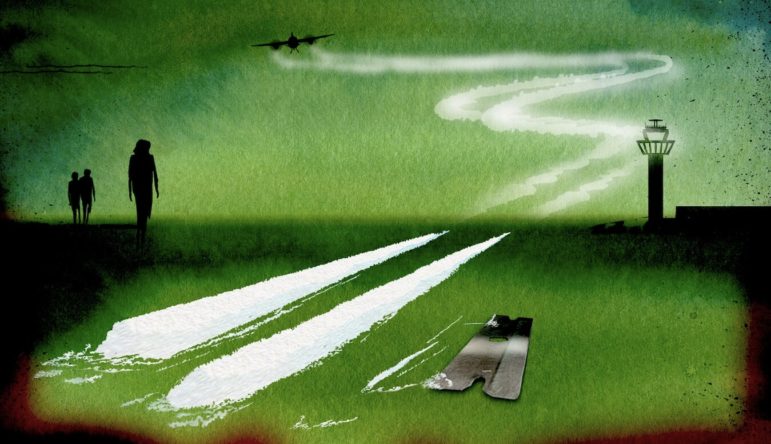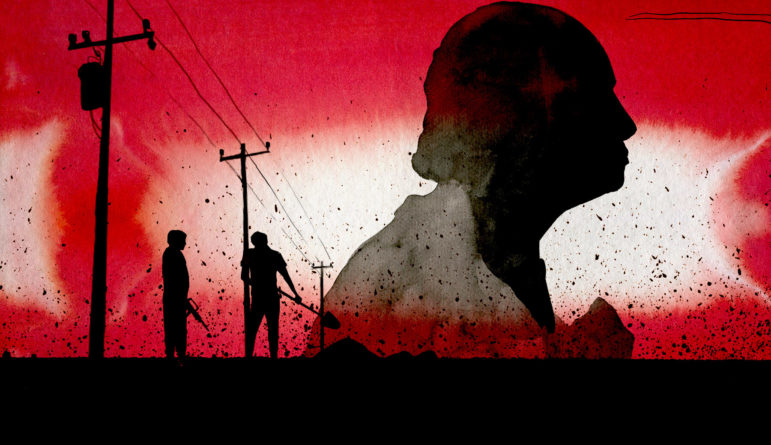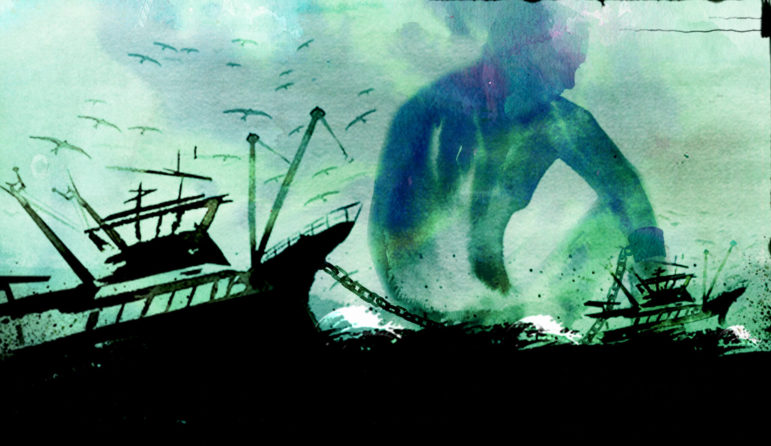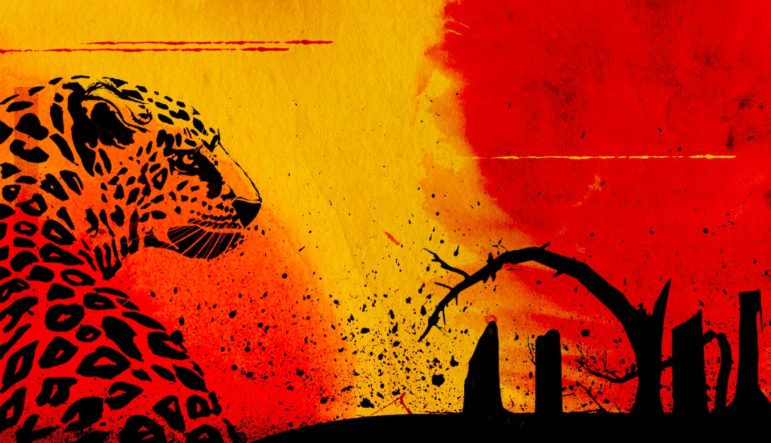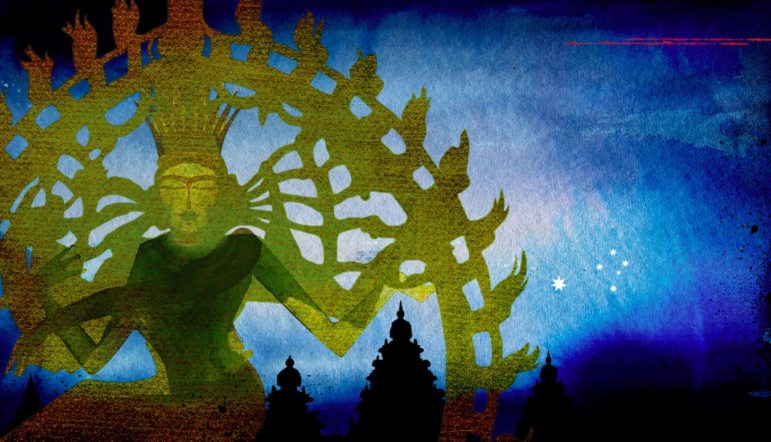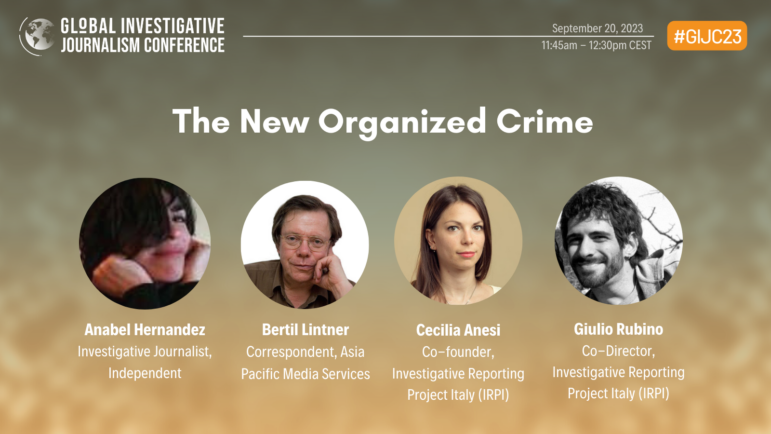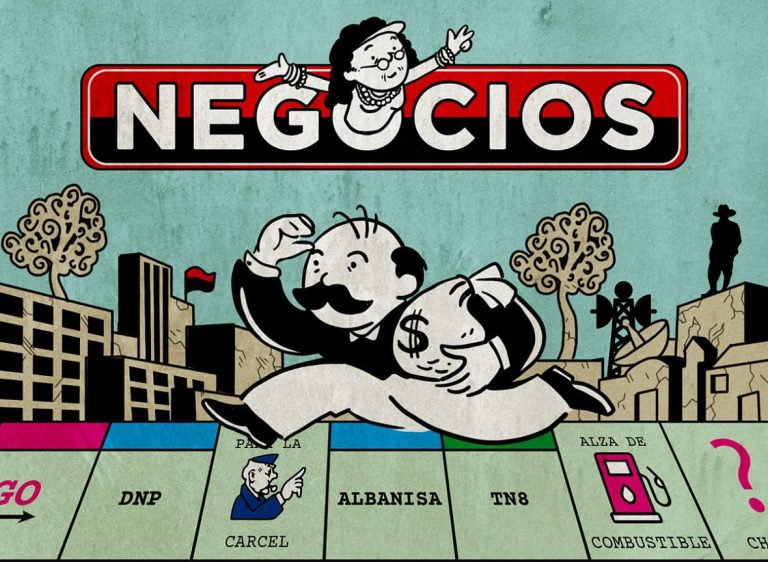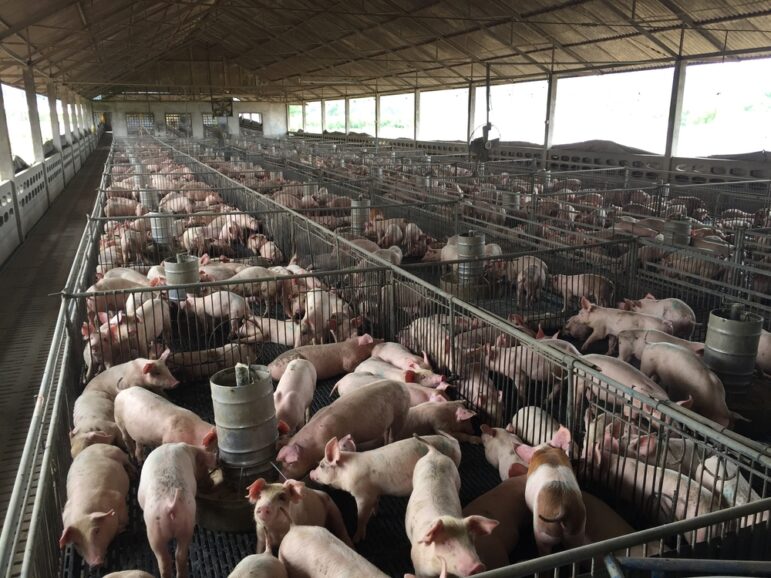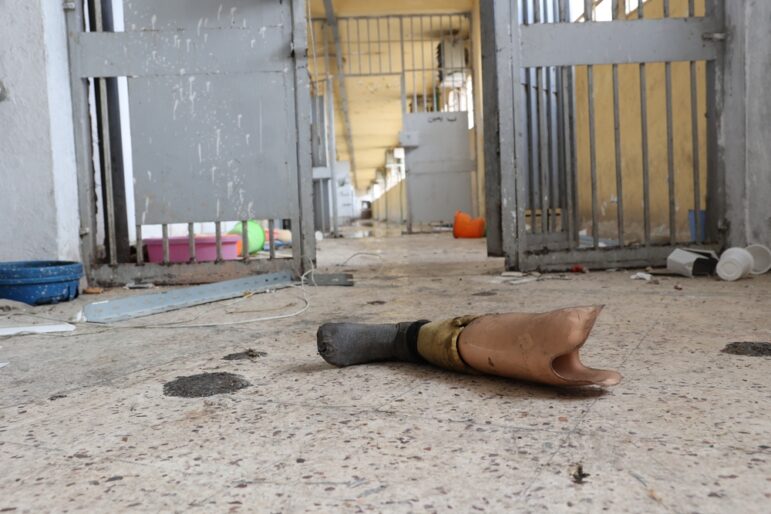

Illustration: Ann Kiernan for GIJN
Organized Crime – Introduction
Read this article in
Guide Resource
Reporter’s Guide to Investigating Organized Crime
Chapter Guide Resource
Organized Crime – Introduction
Chapter Guide Resource
Organized Crime Chapter 1 – Money Laundering
Chapter Guide Resource
Organized Crime Chapter 2 – Drug Trafficking
Chapter Guide Resource
Organized Crime Chapter 3 – Cybercrime
Chapter Guide Resource
Organized Crime Chapter 4 – Forced Disappearances
Chapter Guide Resource
Organized Crime Chapter 5 – Human Trafficking
Chapter Guide Resource
Organized Crime Chapter 6 – Arms Trafficking
Chapter Guide Resource
Organized Crime Chapter 7 – Environmental Crimes
Chapter Guide Resource
Organized Crime Chapter 8 – Antiquities Trafficking
Chapter Guide Resource
Organized Crime Chapter 9 – Mafia States and Kleptocracies
Chapter Guide Resource
GIJC23 – The New Organized Crime
Introduction
A transnational clothing brand staffing its factories with slave labor. An 11th-century statue stolen from a temple, trafficked overseas, and sold to a museum for millions of dollars. A gang hacking ATMs to steal credit card details and withdraw cash from tourist accounts. A drug-related massacre and hundreds of people missing as a result. These are just a few of the organized crime stories covered in recent years by investigative journalists around the world.
Estimates vary, but organized crime is thought to be a trillion-dollar business. One UN study put its annual revenues at close to 7 percent of global merchandise exports. Like a shadow government, it collects its own taxes and enforces its own laws. It affects economic development, social progress, the status of women, the degradation of our environment. In too many countries, it has replaced civil administration with government-by-theft. For business, it tilts the playing field toward the corrupt and violent.
Today’s crime syndicates are multinational and enterprising. They exist almost everywhere, and they have taken advantage of globalization, modern technology, and weak enforcement. Police — largely bound by national borders — are being left behind as today’s crime bosses move money, people, and contraband around the globe with few hindrances. Too often it is left to investigative reporters to ask the tough questions, put the pieces together, and make sense of the crimes that are remaking our world.
With that in mind, we at GIJN are pleased to offer this Reporter’s Guide to Investigating Organized Crime. We have asked leading crime reporters (and one professor) to offer their hard-won advice about how to tackle these complex — and dangerous — topics. We’ve chosen nine key areas: criminal finance, narcotics, arms trade, environmental crime, forced disappearances, cybercrime, mafia states, human trafficking, and art and antiquities.
Our list is not exhaustive. There is much to investigate in the worlds of counterfeiting, piracy, black market fishing, tobacco smuggling, and illicit trade, to name but a few more areas of criminal enterprise. The world’s great crime syndicates — Italy’s Mafia and ‘Ndrangheta, Japan’s Yakuza, Latin America’s narcotics cartels, Chinese triads, the Russian mob, and more — are also worth a close look. But, for now, we are pleased to offer this guide as a starting point for enterprising reporters worldwide. In each chapter, we discuss the main drivers and players involved, basic sources to guide you, case studies from multiple regions, and tips and tools on how to investigate the issue.
ACKNOWLEDGMENTS
This guide was possible due to the invaluable support of the Global Initiative Against Transnational Organized Crime (GITOC), an independent civil-society organization based in Geneva, dedicated to seeking new and innovative strategies and responses to organized crime.
GIJN also extends a big thanks to the authors of this guide.
- Chapter One (Money Laundering): Paul Radu, co-founder and chief of innovation at Organized Crime and Corruption Reporting Project (OCCRP). He founded the organization in 2007 with Drew Sullivan. He leads OCCRP’s major investigative projects, scopes regional expansion, and develops new strategies and technology to expose organized crime and corruption across borders.
- Chapter Two (Drug Trafficking): Steven Dudley, co-director and co-founder of GIJN member InSight Crime, an initiative aimed at monitoring, analyzing, and investigating organized crime in the Americas.
- Chapter Three (Cybercrime): Kate Fazzini, a technology reporter who covers cybersecurity for the American cable TV network CNBC.
- Chapter Four (Forced Disappearances): Marcela Turati, an investigative journalist who has covered the Mexican drug war and who is a founding member of the reporting project Quinto Elemento Lab.
- Chapter Five (Human Trafficking): Martha Mendoza, a Pulitzer prize-winning Associated Press reporter. She currently writes breaking news, enterprise, and investigative stories from Silicon Valley, in California. She was part of a team that exposed forced labor in the fishing industry in Southeast Asia in 2015, an exposé which helped to free 2,000 slaves.
- Chapter Six (Arms Trafficking): Khadija Sharife, senior editor for Africa at the Organized Crime and Corruption Reporting Project (OCCRP).
- Chapter Seven (Environmental Crimes): Toby McIntosh, senior advisor to the GIJN Resource Center.
- Chapter Eight (Antiquities Trafficking): Donna Yates, an associate professor in the Department of Criminal Law and Criminology at Maastricht University and a member of the Trafficking Culture Project.
- Chapter Nine (Mafia States and Kleptocracies): Drew Sullivan, co-founder and publisher of OCCRP, a global network of investigative journalists that exposes crime and corruption so the public can hold power to account.
At GIJN, our team included Andrea Arzaba (project manager), David Kaplan (executive director), Reed Richardson, Laura Dixon, and Tanya Pampalone (editors), and Ann Kiernan (illustration). Special thanks to the rest of the GIJN staff, who helped on translations, production, and more.
Have comments or questions? Contact us at hello@gijn.org.
The Global Investigative Journalism Network serves as the international hub for the world’s investigative reporters, with 211 member organizations in 82 countries. GIJN engages in training and education, strengthening networks, and building capacity to support investigative journalists, with special attention to those from repressive regimes and marginalized communities. GIJN runs a Help Desk and Resource Center, distributes on social media in 12 languages per day, and organizes the Global Investigative Journalism Conference every two years.

